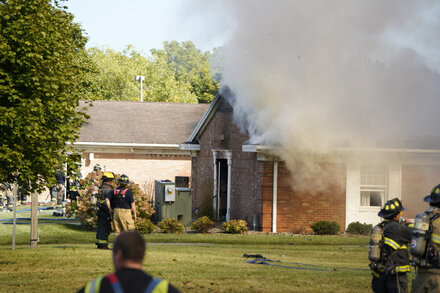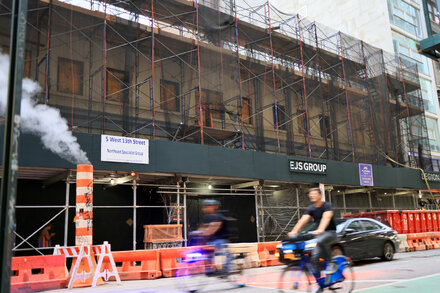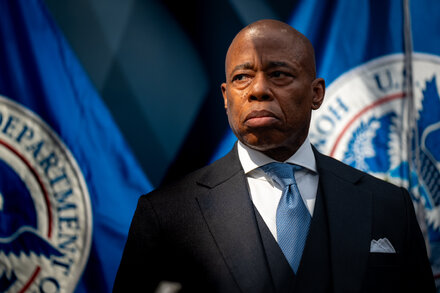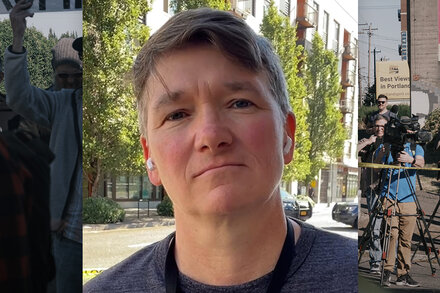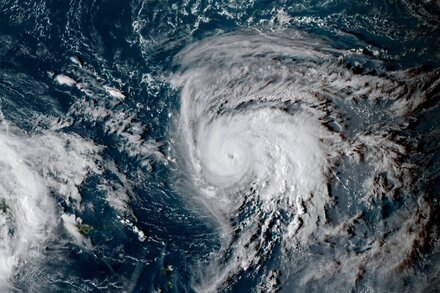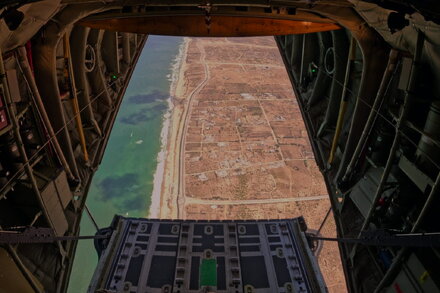
The Gaza Strip continues to grapple with the devastating aftermath of prolonged conflict, with its two million inhabitants facing an unprecedented humanitarian crisis. The relentless cycle of violence has ravaged infrastructure, displaced vast populations, and left communities struggling to secure even the most basic necessities, casting a long shadow over any prospects for a stable future.
Daily Struggle for Survival
Life in Gaza has been reduced to a daily battle for survival. Access to clean water, food, and medical supplies remains severely restricted. Hospitals, many of which have been damaged or rendered inoperable, are overwhelmed, struggling with critical shortages of equipment, medicine, and personnel. The healthcare system is on the brink of collapse, unable to meet the immense needs of a population suffering from war-related injuries, chronic diseases, and rapidly spreading infectious diseases.
Shelter is another pressing concern. Extensive bombing campaigns have leveled entire neighborhoods, leaving hundreds of thousands homeless. Displaced families often reside in overcrowded shelters, makeshift tents, or with relatives, further exacerbating the risk of disease transmission and deepening the sense of desperation. The destruction extends beyond residential areas to essential infrastructure, including roads, power grids, and sanitation systems, making recovery an even more daunting task.
A Generation Scarred and Uncertain
Beyond the physical destruction, the psychological toll on Gaza’s population is immense. Generations have grown up under siege and conflict, experiencing trauma, loss, and persistent insecurity. Children, in particular, bear the brunt of this psychological burden, with widespread reports of anxiety, depression, and post-traumatic stress disorder. The disruption of education further jeopardizes their future, as schools are damaged, teachers displaced, and the learning environment profoundly destabilized.
The uncertainty surrounding Gaza’s future is a pervasive sentiment. Questions of reconstruction, governance, and a sustainable peace remain largely unanswered. The international community faces the monumental challenge of facilitating humanitarian aid, supporting rebuilding efforts, and addressing the root causes of the conflict to prevent further cycles of violence.
For those living through the present devastation, the hope for a future free from
